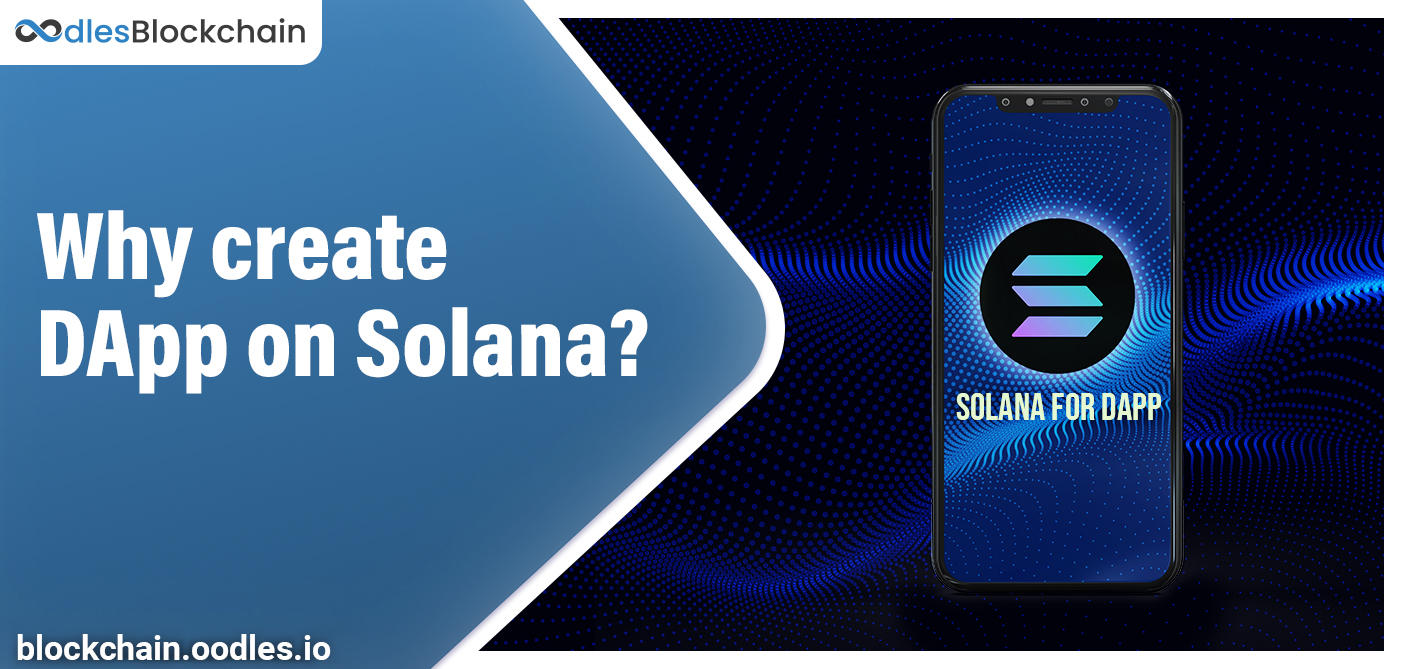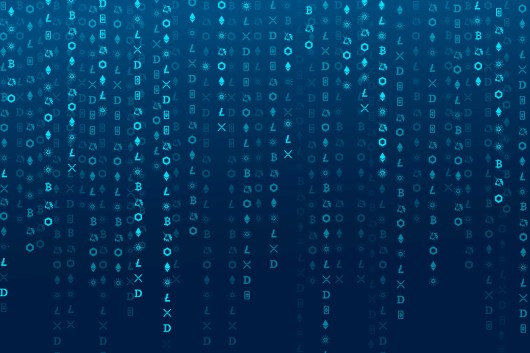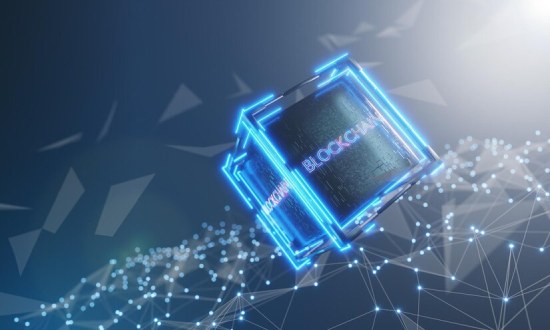-
Solana blockchain is increasingly becoming popular in the digital space. Several businesses are opting for Solana blockchain development services for their projects. DApp development on Solana is much sought after nowadays.
Fast transaction speed and low gas fees are some of the distinctive features of the Solana blockchain.
In this article, we will explore more such features that make it ideal for dApp development. We will also look into popular Solana projects in this blog.
DApp Development on Solana
Solana is an open-source blockchain network that uses a proof-of-history (PoH) consensus mechanism.
The network offers high-speed transactions and improved scalability. Consequently, a dApp developed on this blockchain is many times less expensive.
The following is a list of more reasons why you should choose Solana for dApp development.
Also, Read | Why Choose Solana for Blockchain App Development
Scalability
Solana's transaction engine handles tens of thousands of smart contracts simultaneously.
It is possible with the help of parallel runtime. This aspect of the blockchain delivers high scalability in the network.
Reduced Fees
Solana guarantees long-term financial stability with an average cost per transaction as low as $0.00025.
High Speed
Solana can perform up to 4,500 transactions every second. This high speed makes Solana one of the fastest blockchains worldwide.
Eco-friendly Economy
Solana uses a PoH consensus mechanism, which doesn't require high computational work.
This algorithm of Solana eliminates the need for computers that consume high energy.
As a result, Solana has a minimal negative impact on the environment.
Rewards for Stake Delegation
Solana network participants gain benefits by assisting with ledger validation.
Solana token holders can assign their portion to dependable network participants who uphold the network's stability.
Users who participate in staking get transaction fees as a reward.
A Broad Network of Partnerships
Solana has expanded its partner list with well-known projects like Circle, Brave, Hachen, Reddit, Audius, and more, demonstrating the ecosystem's explosive expansion.
Programming Language
Rust is a community-tested and multifaceted programming language.
It serves as the foundation of the Solana blockchain. Blockchain developers can easily understand and use this language.
Also, Read | Why You Should Develop a Smart Contract on Solana
Features of Solana for DApp Development
Proof-of-History
As already mentioned, Solana uses PoH consensus to establish a secure and encrypted time source throughout the network.
This algorithm resolves the communication issues among network nodes.
Nodes can generate blocks in continuation without first aligning themselves with the entire network due to PoH.
PoH creates a single time stream of events and adds timestamps to each block without using time and energy-intensive processing.
The timestamps allow the validators to complete the transactions more quickly, reducing network load and maximizing Solana's bandwidth.
Protocol for Turbine-Block Propagation
Solana developed a block propagation technique called Turbine.
It is independent of any consensus mechanism and aids in block transfer.
It divides a block into smaller packets for transmission, streamlining the data transfer between the nodes.
Gulf Stream
Solana dApps run on the gulf stream mechanism, which has a tiny mempool status and little to no delay. Transaction forwarding and caching remain outside of the network by Solana.
Gulf Stream helps the mempool section's overall volume of transactions decline.
It reduces the dApp active time by allowing the validators to perform transactions instantly.
Pipeline
A pipeline is a transaction processing unit for optimization and validation on Solana.
It is an advanced CPU design where validation happens swiftly among several nodes.
Sealevel
Sealevel is a distinct Solana blockchain technology that enables Solana programs or smart contracts to run simultaneously.
The use of the Sealevel method in dApp development speeds up the overall processing time and validates dApp operations by smart contracts.
Also, Read: Solana vs Ethereum Blockchain | Which is Better for dApps
Popular Solana projects
DeFi Projects
As you may already be aware, the DeFi movement seeks to replace outdated financial products with protocols that are reliable and open.
These protocols utilize decentralized networks to function independently and without the use of middlemen.
Popular DeFi projects on Solana are Orca, Drift Protocol, Jupiter Aggregator, Hubble Protocol, etc.
Wallets
Solana users utilize wallets like Phantom and Solfare for trading. These wallets also help users to access the exchanges on Coinbase, Binance, and Bilaxy.
Stablecoins
Stablecoins are cryptocurrencies whose value is pegged to a different good, money, or financial instrument.
They are comparatively more stable than major cryptocurrencies. So, stablecoins are suitable for widespread use in transactions.
The two most widely popular stablecoins that are a part of the Salona ecosystem are Tether (USDT) and USD Coin (USDC).
Non-fungible Tokens (NFTs)
An NFT refers to a blockchain-based cryptographic asset. It stands out from other cryptographic assets due to its identification codes and information.
NFT projects on Solana include Solanart, Metaplex, and Solsea.
Conclusion
Solana has attracted several renowned projects to the ecosystem, which indeed ultimately assisted it in growing its user base.
Its scalability, fast throughput, and transactions-per-unit costs make Solana a popular option for dApp development.
If you want to develop a dApp on Solana, then choosing the right partner can ease the development process.
Blockchain developers at Oodles Blockchain have years of experience in developing dApps on Solana. You can connect with our skilled blockchain development experts to receive tailor-made services for your project needs.

Our Offices
INDIA
Emaar Digital Greens, Sector 61,
Gurugram, Haryana
122011.
Welldone Tech Park,
Sector 48, Sohna road,
Gurugram, Haryana
122018.














